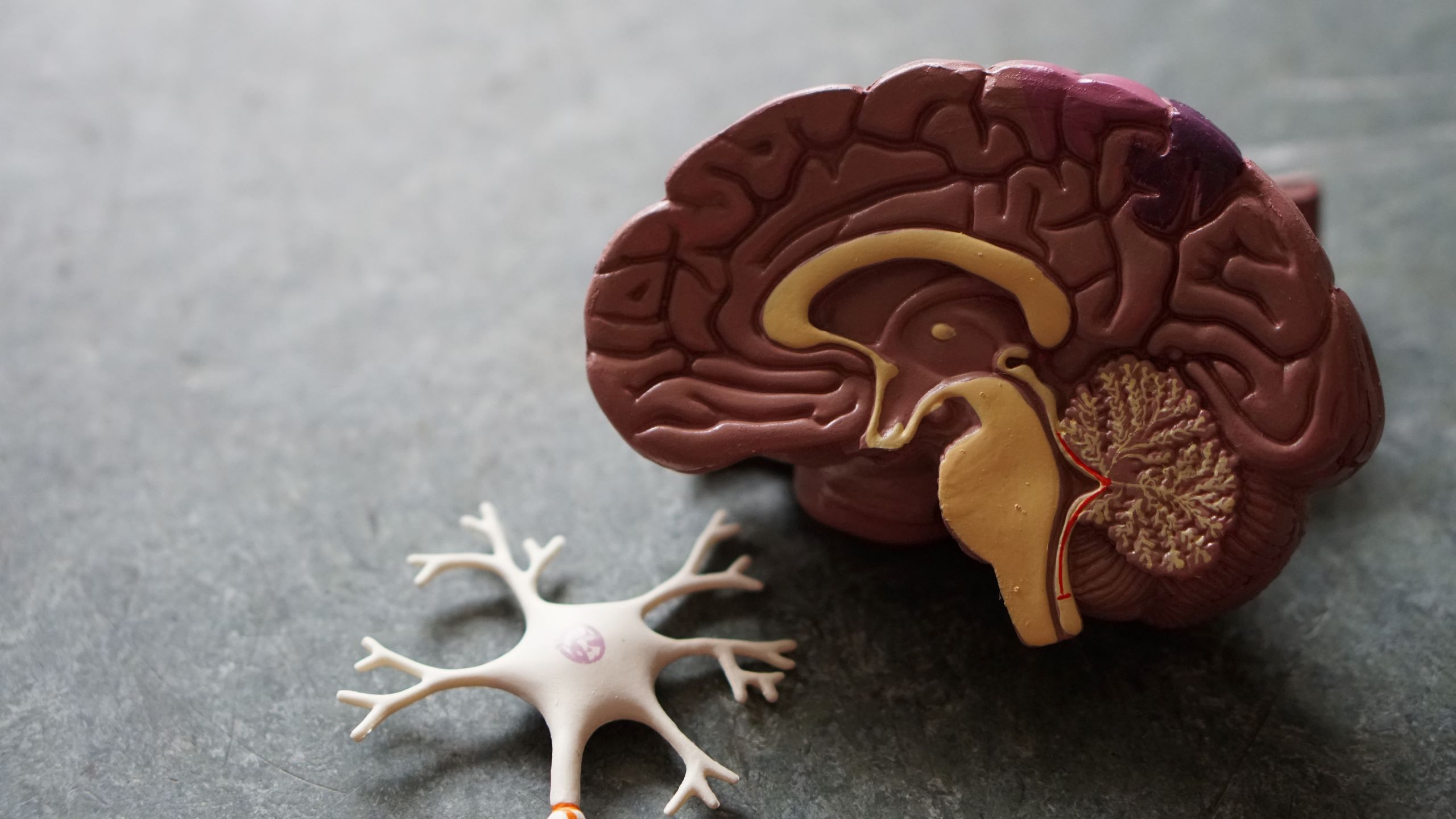EMDR, or Eye Movement Desensitization and Reprocessing, is a trauma therapy and it’s so cool. In this article, I’m going to explain to you more about what EMDR is and what it can be used to treat, so you can decide if this is a good therapy for you!
EMDR is an evidence-based practice proven to be effective for healing PTSD, complex-PTSD, and a variety of symptoms and emotional distress that are the result of stressful life experiences. “Stressful life experiences” can mean many things and I think it’s important to break this down a little further so you can better understand how EMDR could work for you. There’s what we call “big T traumas” and “little t traumas.” Big T traumas refer to life threatening situations- house fires, combat, assault, etc. Some studies have shown that 84%-90% of single-trauma victims no longer have PTSD symptoms after only three 90-minute sessions. Another study showed that 100% of single-trauma victims and 77% of multiple trauma victims were no longer diagnosed with PTSD after only six 50-minute sessions. There has been so much research done on the effectiveness of EMDR therapy that it is now recognized as one of the top therapies for treating trauma by:
- American Psychiatric Association
- Department of Veterans Affairs and Department of Defense
- SAMHSA’s National Registry of Evidence-Based Programs and Practices
- World Health Organization

Now, back to those “little t traumas.” EMDR is also effective for treating those “everyday” memories that can lead to anxiety, depression, low self-esteem, relationship problems, basically, anything that can bring someone to therapy. As we’re growing up, we are constantly gaining information from our environment and our brains are filing that information away. Especially in our formative years, our brains will gather information and try to make sense of it however it can. While this is a very simple explanation, this process is how we form opinions about ourselves, others, and the world around us. We start to form beliefs about ourselves because of what we learn from those around us and those beliefs, for better or for worse, are carried around with us throughout our lives and they can shape our thoughts, emotions, and behaviors.
This can be a really complex thing to understand, so let me provide an example. Let’s say someone, Sally, grows up in a family where she is the oldest. Maybe her parents tasked Sally with walking her younger siblings home from school and may have told Sally to keep her siblings safe on their walk. A pretty benign thing for a parent to ask a child to do. Well, Sally may have tasked herself with a lot of responsibility for her siblings’ safety and may grow up to have the belief that she is responsible for taking care of others. While this may not happen to everyone, Sally may grow up to experience anxiety in relationships and struggle interpersonally. She may struggle to ask for what she wants, she may continually put others’ needs before her own, and she may be too afraid to voice her frustrations or concerns for fear of upsetting her significant other which would be a terrible thing to do (according to her brain). This may cause Sally to get overwhelmed and frustrated in relationships and break up with people for seemingly “no reason,” she may be anxious, depressed, or experience low self-esteem. With EMDR, she could come to a session wanting to work on these issues or maybe a specific incident with a significant other and through the process of EMDR, she can discover this belief, form a more adaptive belief she wants to hold and, through processing, work on the neural pathway and heal it. Once this neural pathway is healed, Sally may notice she feels better, can communicate differently, and has more stability in her relationships.

I’ll break this down further in another article and explain it more thoroughly then, but for the time being, science is not 100% sure what is exactly happening within the brain when this process is happening in EMDR. We can’t fully explain how the bilateral stimulation (it’s not just eye-movements by the way) helps the brain process things, we just know that it does. Signing up for EMDR therapy whether it’s for big-T traumas, little-t traumas, or a mix of both, it doesn’t take long to figure out if this is the therapy for you. You can start to notice healing in even just one processing session.
Sign on up and let me show you how!
About the Author
Maria Mangione (she/her), M.A., LPCC is a licensed clinical counselor that specializes in dialectical behavior therapy. Maria works to help people develop the tools they need to develop trust in themselves and build their life worth living. Maria believes in having meaningful connections with her clients and believes that therapy and healing can be fun. Click Here to learn more about Maria’s experience and therapeutic style.

